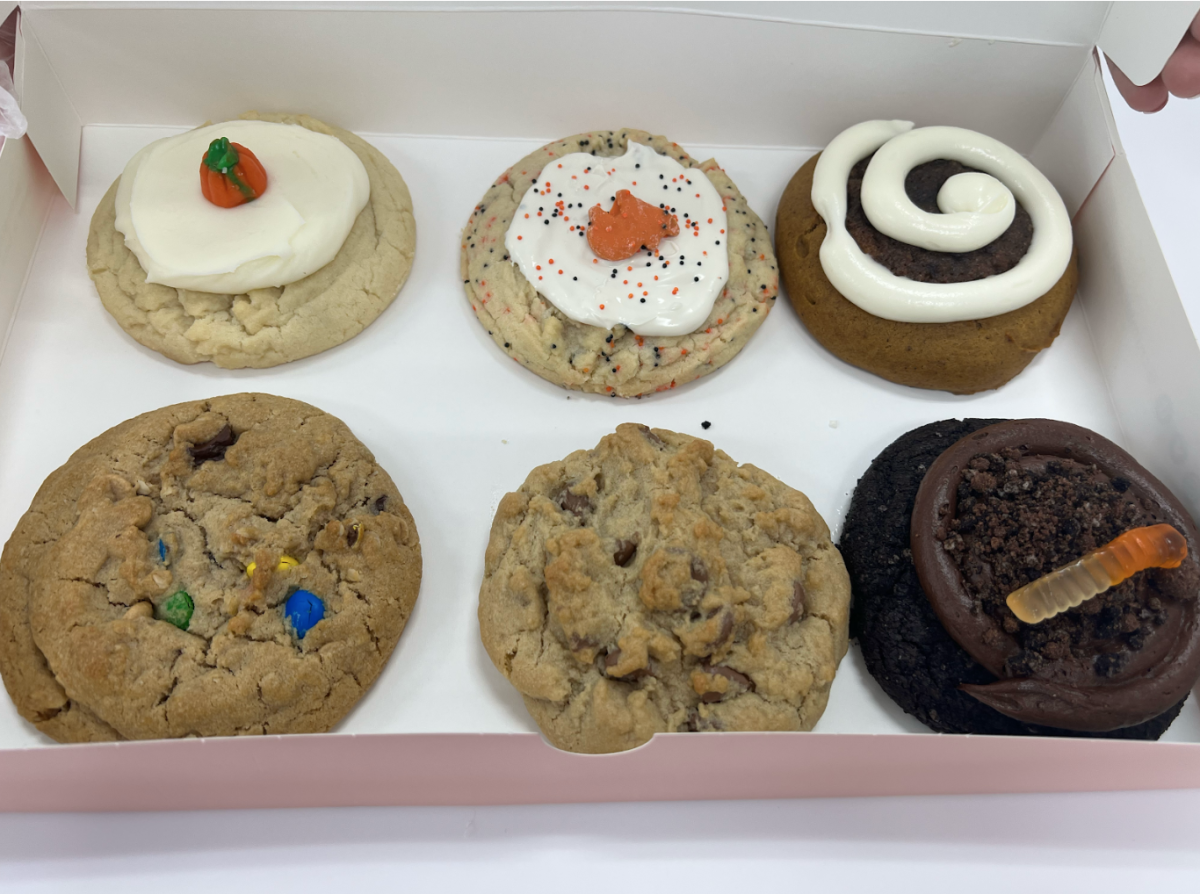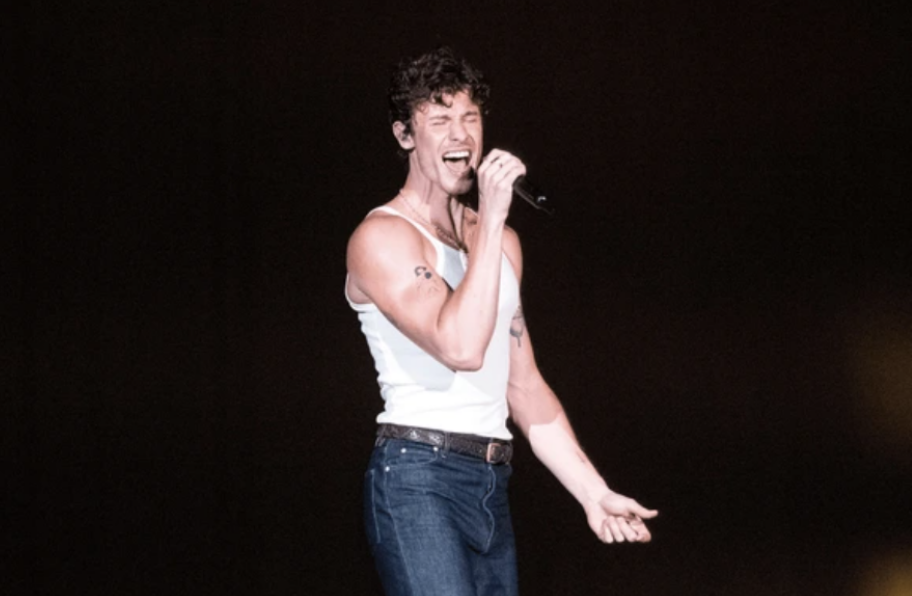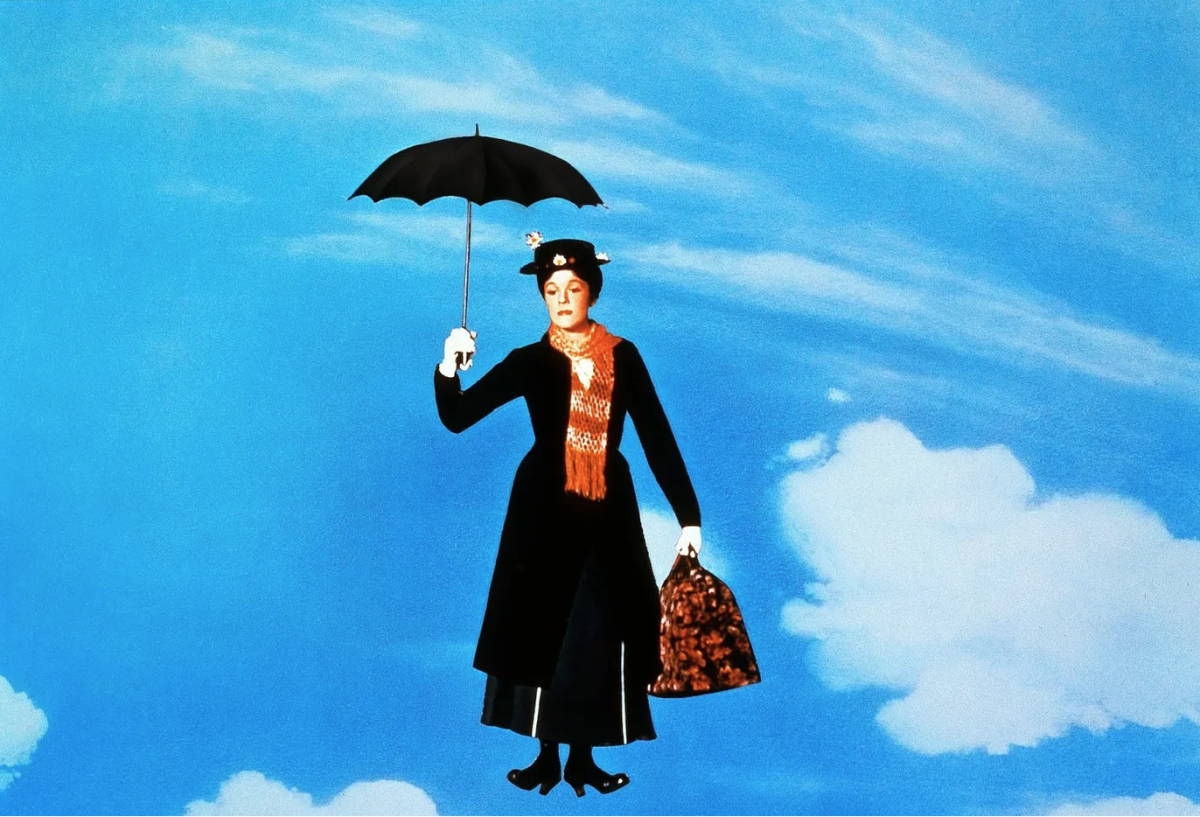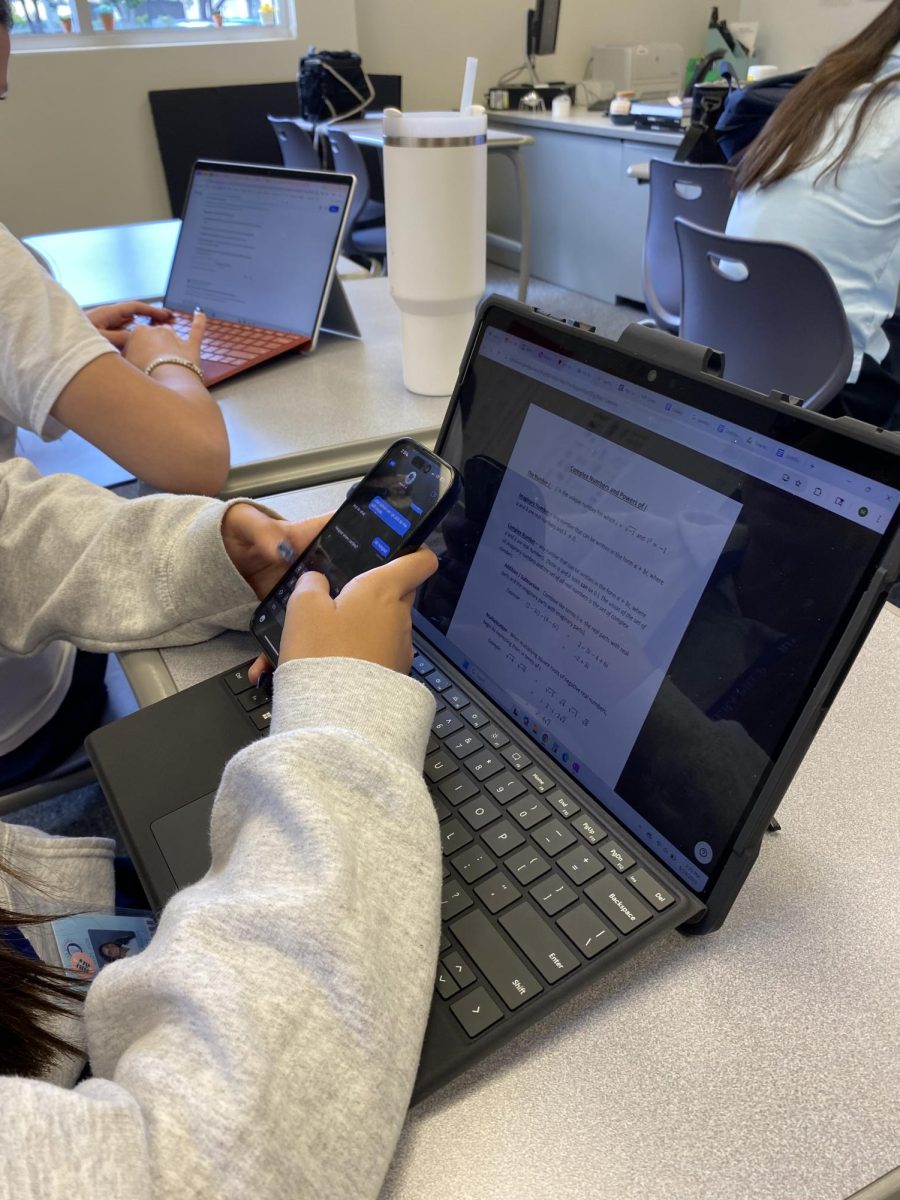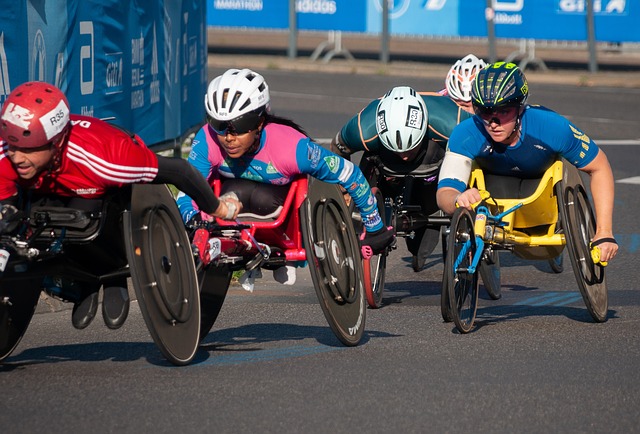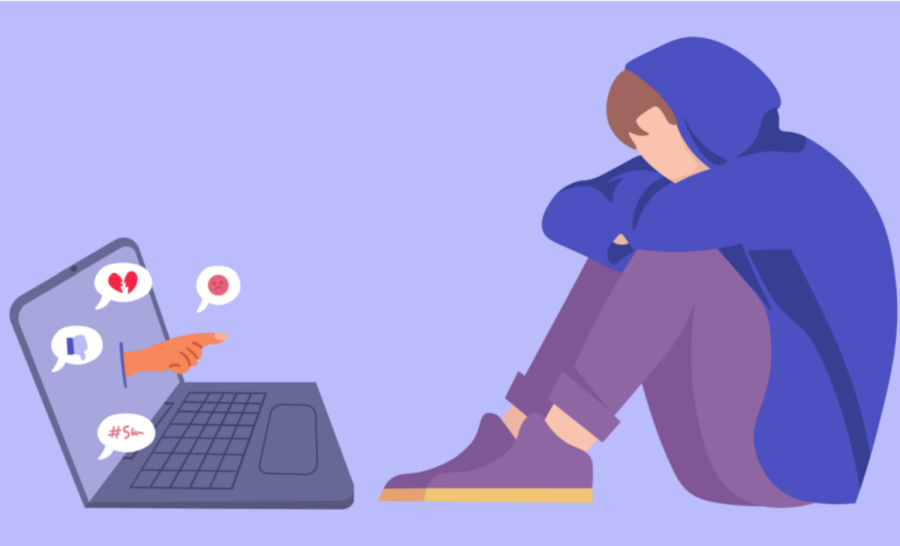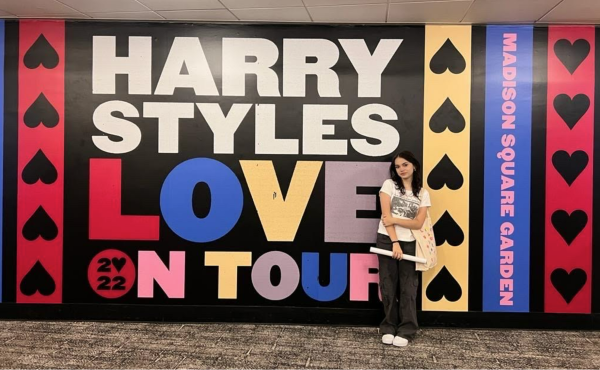Social Media Effect on Teens
A majority of teens spend over five hours on social media every day. This means they get home from school, do their homework, and spend the rest of their free time on social media. Social media promotes unrealistic and unattainable beauty standards, leading to poor body image among teens. In addition, social media addiction can be a severe issue for many teenagers, leading to poor concentration, sleep deprivation, and other undesirable outcomes. As the use of social media surges, so do teen depression and suicide rates.
Myspace was one of the first social media platforms to experience significant success, creating a path for other social media platforms to follow. Myspace’s key features, such as user profiles, friend lists, and a unique URL for each profile, laid the groundwork for many social media platforms that followed, including Facebook, Instagram, and Twitter. One area where Myspace detrimentally influenced other social media platforms was the way it was known for having a high volume of spam and malicious c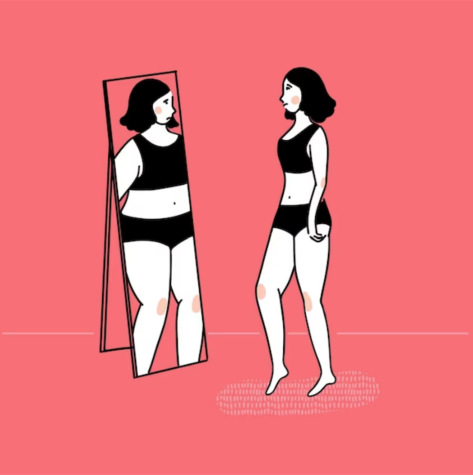 ontent, which could negatively affect users’ devices and accounts. Other social media platforms utilized this model of limited regulation and moderation of content, leading to issues such as cyberbullying, hate speech, and disinformation. Myspace encouraged over-sharing, leading to an increase in photos and content highlighting users’ appearances. This emphasis on physical appearance may have created a culture of comparison whereby young people compared their bodies to others, reducing self-esteem, particularly among young girls. The feedback and comments left by other users on each other’s photos and status updates made the pressure to achieve a particular look even worse. In combination with the larger media landscape, Myspace might have led to negative body images among teenagers. This trend is still on social media, increasing the incidence of eating disorders, anxiety, and depression. Moreover, the over-representation of idealized body types may promote lower levels of body satisfaction, perpetuating harmful stereotypes surrounding weight and beauty and leading to issues with more serious mental health conditions.
ontent, which could negatively affect users’ devices and accounts. Other social media platforms utilized this model of limited regulation and moderation of content, leading to issues such as cyberbullying, hate speech, and disinformation. Myspace encouraged over-sharing, leading to an increase in photos and content highlighting users’ appearances. This emphasis on physical appearance may have created a culture of comparison whereby young people compared their bodies to others, reducing self-esteem, particularly among young girls. The feedback and comments left by other users on each other’s photos and status updates made the pressure to achieve a particular look even worse. In combination with the larger media landscape, Myspace might have led to negative body images among teenagers. This trend is still on social media, increasing the incidence of eating disorders, anxiety, and depression. Moreover, the over-representation of idealized body types may promote lower levels of body satisfaction, perpetuating harmful stereotypes surrounding weight and beauty and leading to issues with more serious mental health conditions.
Instagram was first introduced to the masses on Oct. 10, 2010; it became increasingly popular among teenagers, providing them an outlet to share photos, videos, and stories with followers. However, the platform has also had adverse effects on teens. Similar to MySpace, one of the most significant effects is that it promotes an unrealistic beauty standard, causing teens to feel that they must have a specific body type, skin color, or fashion style to be considered attractive. This can lead to low self-esteem and mental health issues such as anxiety and depression. Additionally, Instagram has become a platform for cyberbullying, as teens may judge or criticize others’ posts, leading to negative feedback and harassment. Another negative aspect of Instagram is its potential for addiction, as teens may feel pressured to post content frequently or refresh their feeds constantly to stay up-to-date. This can result in a lack of focus on other aspects of life, such as schoolwork or face-to-face interactions. While Instagram provides a space for teens to connect, it can negatively impact their mental health and self-esteem.
On Aug. 2, 2018, the infamous TikTok came out, and teens went crazy. In recent years, TikTok has evolved from an innocent dancing app to a toxic platform that makes it easy to bully and leave hateful comments and allows older users to manipulate teens. Due to this, many teens have been driven to the point of suicide or have depression because of brutal users. TikTok is also notorious for the irrational beauty standards the app promotes. This is related to a long-lasting issue TikTok has had with teens and body image. The act of comparing themselves to viral influencers with a large following for their looks can be a cause of body and face dysmorphia. Not only does this lead to facial and body dysmorphia, but it can also promote eating disorders among young adolescents. A new trend on TikTok recently surfaced using a filter called “bold glamour,” where essentially the filter alters your face and highly exaggerates your features. As of May 2, 2023, the filter had 51.3 million videos under it. The trend is highly toxic to young teens, who will think their ugly because of it.
An app named Snapchat was released on Oct. 29, 2012. Snapchat is a multimedia app used for communication. Snapchat became popular due to its ability to post stories and send snaps and its vanishing message system. By August 2014, 40% of 18-year-old Americans were using Snapchat. With the surge of Snapchat ca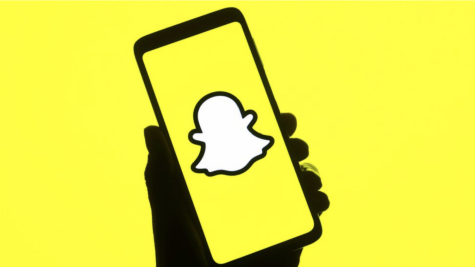 me several issues with teen mental health. Snap scores the amount of activity you have on Snapchat. Snap score creates an unhealthy obsession with checking other users’ scores to check how many people your friends are communicating with or if your friends are chatting with other users but ignoring you. Another issue with Snapchat is cyberbullying. Snapchat’s easy way to communicate makes it easy to bully online. As previously mentioned, Snapchat has a feature to make your texts disappear after they have been opened. This can lead to bullies thinking they can act without any consequences. This feature can also lead to an increase in sexting. Sexting is the practice of sending or receiving explicit messages. Not only is this bad for teens’ mental health, but it’s also illegal. The act of sending or receiving explicit images from a minor results in child pornography charges. This can also lead to grooming and other possible issues. Snapchat can lead to several mental health disorders and cause several issues among teens.
me several issues with teen mental health. Snap scores the amount of activity you have on Snapchat. Snap score creates an unhealthy obsession with checking other users’ scores to check how many people your friends are communicating with or if your friends are chatting with other users but ignoring you. Another issue with Snapchat is cyberbullying. Snapchat’s easy way to communicate makes it easy to bully online. As previously mentioned, Snapchat has a feature to make your texts disappear after they have been opened. This can lead to bullies thinking they can act without any consequences. This feature can also lead to an increase in sexting. Sexting is the practice of sending or receiving explicit messages. Not only is this bad for teens’ mental health, but it’s also illegal. The act of sending or receiving explicit images from a minor results in child pornography charges. This can also lead to grooming and other possible issues. Snapchat can lead to several mental health disorders and cause several issues among teens.
Overall, social media can cause mental destruction in teens. Social media can lead to anxiety, depression, eating disorders, facial and body dysmorphia, etc. Apps like Myspace, Instagram, TikTok, and Snapchat heavily contribute to this. We can help in several ways. One is deleting or taking breaks from the apps. We know it’s fun to scroll on TikTok for hours endlessly, but deleting your social media from your phone for even a month or two can tremendously boost your mental health. Avoiding the harmful effects of social media is another strategy we could use. It’s hard not to care about them, but it’s necessary to realize that the same people who are cyberbullying are most likely just projecting their anger onto someone else.
Your donation will support the student journalists of Riviera Preparatory School. Your contribution will allow us to purchase equipment and cover our annual website hosting costs.



